I. The New Settlement of the West
A. Impediments to New Settlement
1. Great American Desert – this was the name given previously to much of the land west of Missouri, which not inaccurately described the conditions found there—a large, semi-arid plain (similar to the steppes in Russia and the Ukraine).
2. Permanent Indian Territory – much of the territory that we now think of as the Great Plains in the United States was known in the period just before the Civil War as the Permanent Indian Territory, to which Indian peoples had previously been removed to from the East—including those native peoples who had previously lived there.
B. Factors that increased settlement
1. New techniques of farming – the so-called “dry farming” technique, which utilized the sparse amount of rainfall to grow crops of wheat; ability to utilize available water in system of irrigation
2. Expansion of railroad system – much of the livelihood of the newly opened West depended upon access to a rail line.
3. Discovery of valuable minerals – the discovery of gold (especially, and earliest, in California, Nevada, Colorado, Idaho, Montana, and the Dakotas).
C. Anglo settlers – the “untamed wilderness” that “pioneers” from the east “settled” was in fact an area that was already occupied by a sizable number of people, not only native peoples but earlier settlers who had migrated north from Mexico.
D. Blacks in the West
1. Buffalo Soldiers -- two cavalry units in the United States Army were made up of African American soldiers, who manned several of the forts that were built to maintain a system to “pacify” the native population—which the migrating white population expected to enforce their new “property rights.”
2. Kansas Freedmen’s Relief Association – the “Exodusters.” With the end of Reconstruction and the implementation of repression throughout the South, a small but substantial number of African Americans joined the migration west, with many settling in the land John Brown left before his raid on Harper’s Ferry.
II. Mining in the West
A. The development of mining communities – largely male, with very few families, with very few females—except for prostitutes. Most of the men who made money in these communities did so not from gold and strikes, but from selling supplies to miners.
1. Placer mines – early mines (the traditional picture we have been presented of western miners—the 49ers). Most men drawn west by the promise of gold (or silver) moved from working their own claims to working for wages on someone else’s claim.
2. Mining technology – drove up costs of mining, which drove most who did not make an early strike into wage labor in mines. Much of this technology, like hydraulic mining, was highly destructive of the environment.
B. The gold and silver strikes
1. California (1849)
2. Nevada (1859) – the Comstock Lode, one of the largest deposits of silver in the world
3. Colorado (1859) – Pike’s Peak
C. Western states admitted to the Union – California (1849), Nevada (1864), and Colorado (1876) before the end of Reconstruction; after sweeping Republican victory in election of 1888, the Dakotas, Montana, and Washington were made states in 1889, and Idaho and Wyoming in 1890; Utah in 1896 after the Church of Latter-Day Saints agrees to give up the practice of polygamy; Oklahoma in 1907 following a “sooner” land rush onto more “permanent” Indian territory; Arizona and New Mexico in 1912.
III. Indians in the West
A. Indians forced to cede lands to the government – public lands were defined by most of the white people who moved onto these public lands as belonging to that part of the white public which got to the land “first.”
1. Sporadic Indian wars – at the Treaty of Fort Laramie, group of Plains Indians agreed not to molest wagon trains of white settlers heading west on the Oregon Trail to Oregon; as these settlers began moving off the trail to settle in the area between St. Joseph Missouri and Oregon, however, conflicts between Indians and whites escalated.
2. Chivington’s massacre of 150 Indians – at Sand Creek, Colorado, where a contingent of poorly trained militia murdered men, women, and children in an Indian camp there
3. Decision to place Indians on reservations – to avoid future conflicts, decision was made in Washington to remove Indian people to “out of the way” pieces of land that seemed to be unappealing to whites; this not only turned over land that these peoples had previously been “granted” in perpetuity, but the restriction to a relatively small grant of land meant that many of these peoples became dependent upon government subsidies—which provided a market for the cattle that the whites who displaced them raised.
4. Agreements at Medicine Creek Lodge and elsewhere – most native peoples agreed to these newest treaties, under coercion.
B. George Custer and the Battle of Little Bighorn – Custer’s forces accompanied white miners looking for gold into the Dakota Sioux reservation in the Black Hills.
C. Continued Indian resistance
1. Chief Joseph
2. Capture of Geronimo (1886) – effectively ended native resistance in the west.
3. Slaughter of the buffalo
4. “Battle” at Wounded Knee (1898)
D. The Dawes Severalty Act
1. Goal of the Dawes Act – to encourage Indians to own land individually and assimilate themselves into white society.
2. Effect pf the Dawes Act – loss of more valuable land by Indians to whites
IV. Cowboys in the West
A. Early cattle raising in the West – introduced by Mexicans
B. The great cattle drives – the romantic era of the cattle drive was extremely short-lived; not economically feasible to drive cattle several hundred miles to a railhead.
1. Joseph McCoy and Abilene
2. The decline of the long drives
C. Barbed Wire and the open-range cattle industry – a cost-effective method of enclosing the open range ended that era.
D. Range wars
V. Farmers in the West
A. The problem of land
1. Homestead Act of 1862
2. Newlands Reclamation Act of 1901 – sale of public lands in sixteen western states created a fund for the construction of irrigation projects
B. The problem of water – he who controlled access to water also controlled access to the land, because the arid climate made lack of access to water mean the same thing as lack of access to the land.
1. Effect of the Newlands Act – allowed the settlement of much of the arid west
2. Other solutions – dry farming
C. The farmer’s life – isolated; it’s not called the Big Sky Country for nothing.
D. Technological advances that aided farmers – new steel plows, railroads (allowed farmers to get crop to a market, and allowed them to get supplies for subsistence in return)
E. Pioneer women – isolated and lonely, but often more involved in business decisions on the farm
VI. A violent culture – isolated communities, lack of law enforcement
VII. The “end” of the frontier
A. “Frontier line” no longer existed after 1890 (?)
B. Frederick Jackson Turner and “The Significance of the Frontier in American History


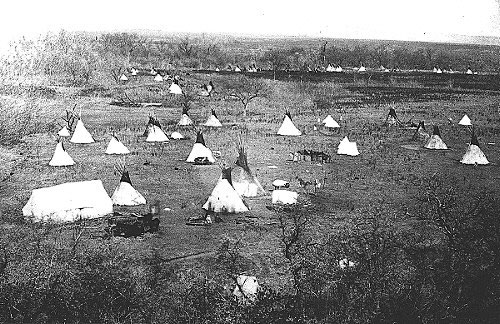

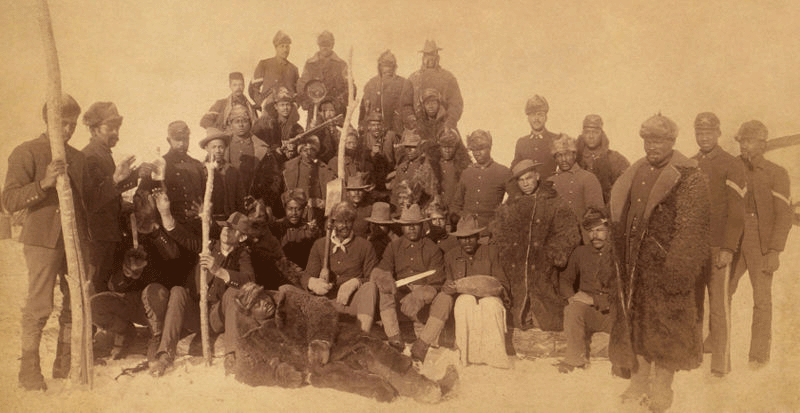
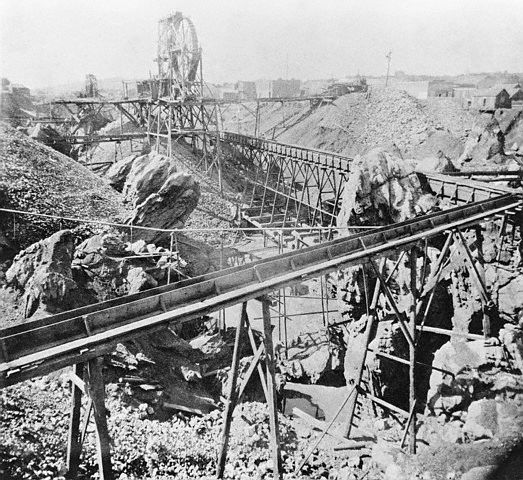

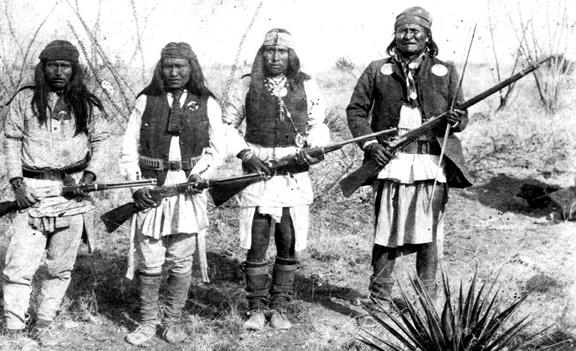



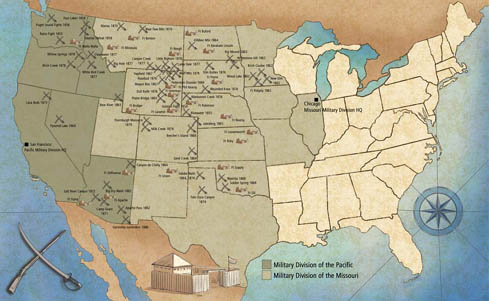
No comments:
Post a Comment